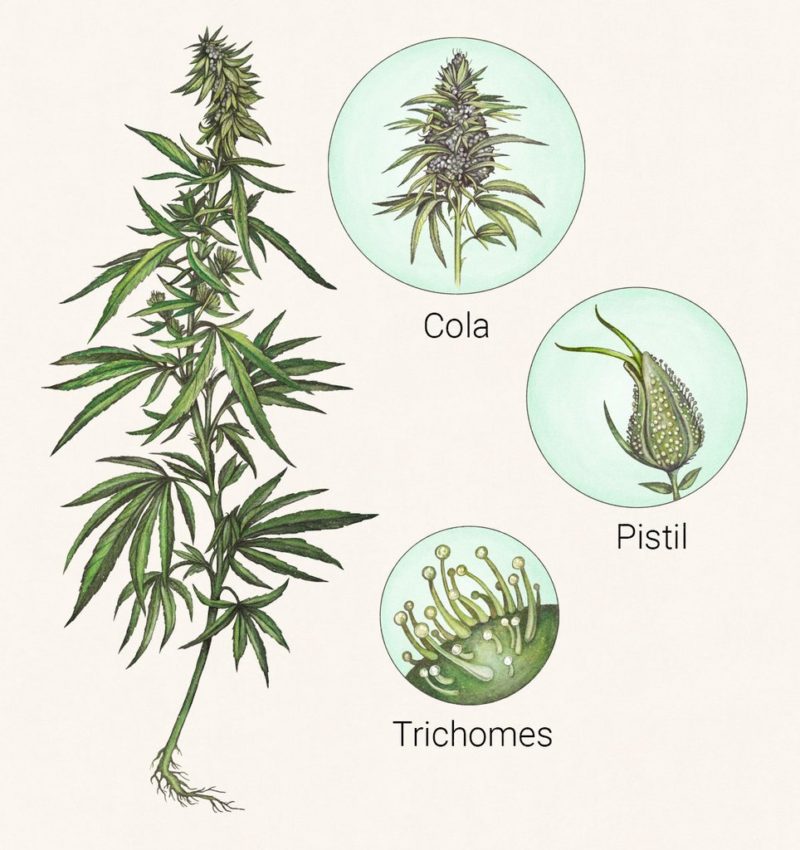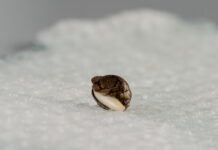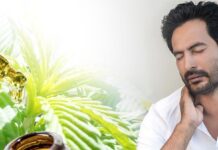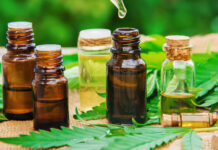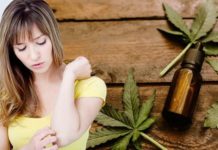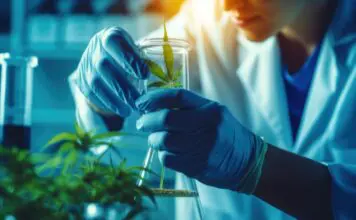It’s estimated that the market of legal cannabis in Canada and the US could grow in size up to almost $50 billion by 2027. There’s no point denying and saying that cannabis is not a thing, or that it’s temporary, so more and more people decide to take a look at it, either from the business side or as customers. Many people know some basics about growing and different ways of using cannabis. However, the vast majority never gets to the core. And knowing something about cannabis plant anatomy can help you understand it better, especially if you choose to grow it, sell it, or consume it.
Male or female?
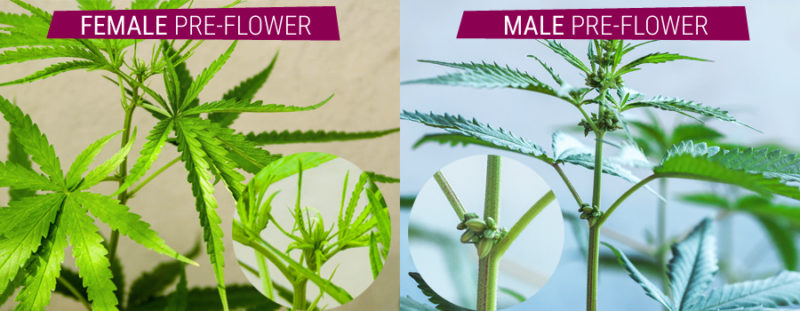
It may come as a surprise to some, but cannabis plants can be either male or female (sometimes there are also hermaphrodites), and the differences are enormous. In fact, the plants that people grow and transform into different products are mostly female. Males are much less rich in many beneficial compounds, like cannabinoids, but they are not entirely useless, because they pollinate the females. You need both males and females to create the best possible cannabis plant (you need mother and father to make a perfect child, right?).
Cannabis anatomy
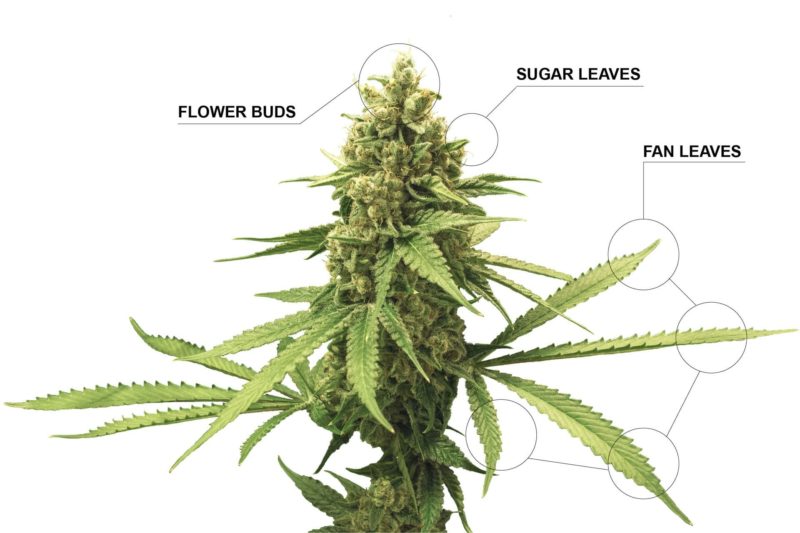
What does a cannabis plant consist of? What’s useful for growers, and what should consumers know about it?
Flowers
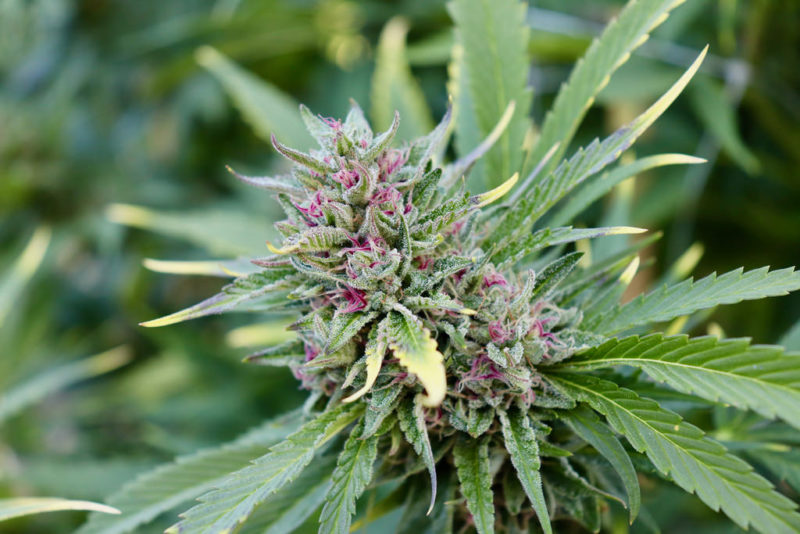
Flowers, or buds, or terminal buds, or cola, attract pollinators and produce all the beneficial compounds, and seeds. Female cannabis plants end on top with the cola, but there are also smaller flowering ends at branch nodes. Currently, the growers are using methods that allow them to grow plants with multiple colas. This is what you smoke or consume in any other way. It hits you (depending on the compound) and leaves traces in your blood (however, the tests are not always efficient and relevant, as there are many products, like those sold by buyfakeurine.com, that help people get rid of it).
And the flower consists of:
● Pistils
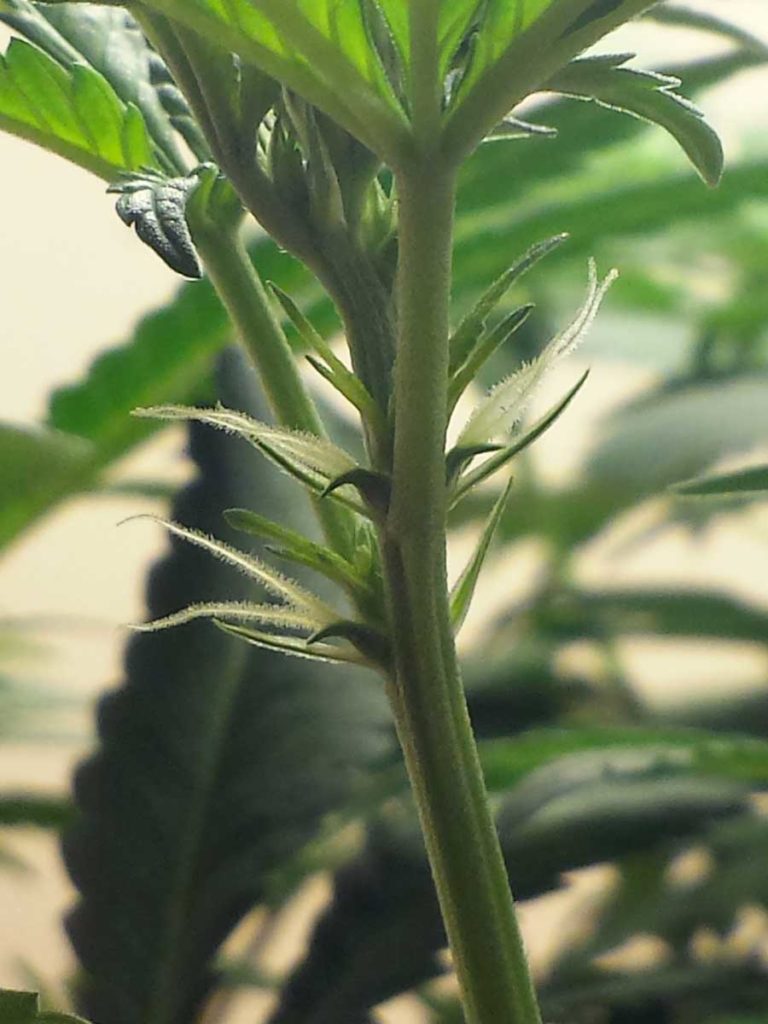
Pistils may look a little bit like the hair on the plant. They collect pollen for fertilization. They are white at first, but flower into red, brown, or orange. They don’t take part in the production of cannabinoids, regardless of what many people seem to believe.
● Calyxes
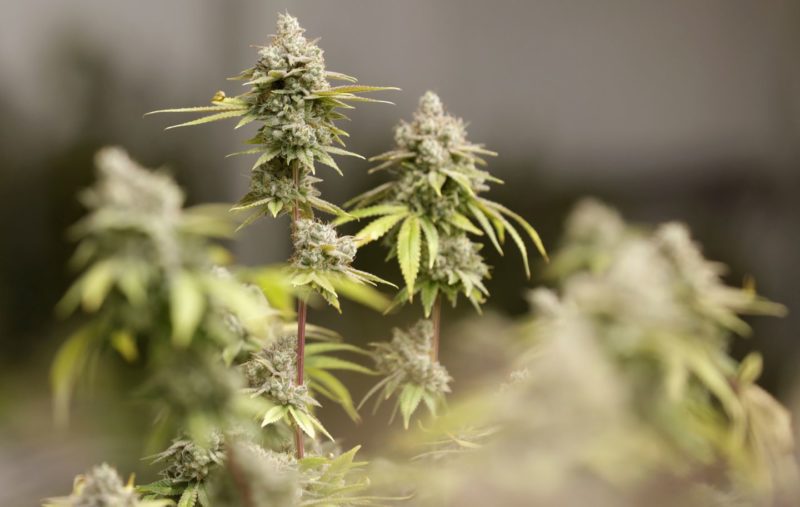
They look like teardrops, and may also seem to be petals of the cannabis plant, but they are actually the bud itself. They play the role of the seed incubator when the plant gets fertilized. If it does not get fertilized, they produce trichomes.
● Trichomes
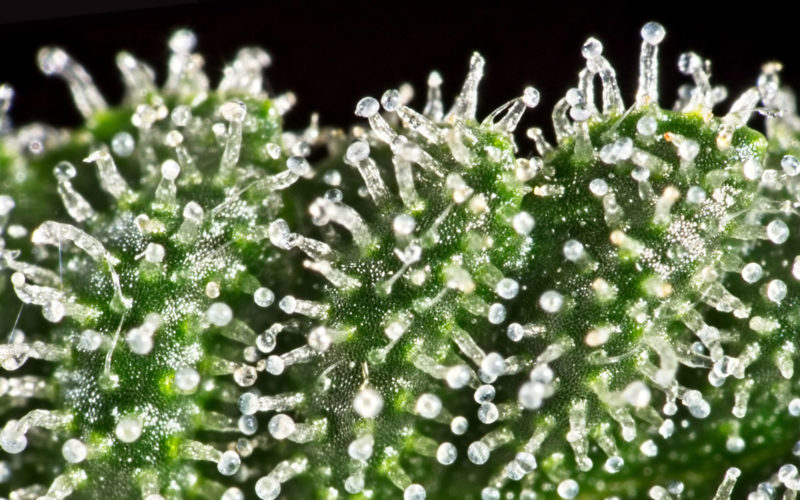
They are one of the smallest parts of the plant, but they play one of the most crucial roles. They produce the resin of cannabis, which is responsible for the psychoactive and medicinal benefits of the plant. So they are actually all that people love about cannabis. They also fend all diseases and protect the plant from the UV and predators (as a deterrent).
Male plants flower a week weeks before the females, and they don’t produce buds.
Leaves
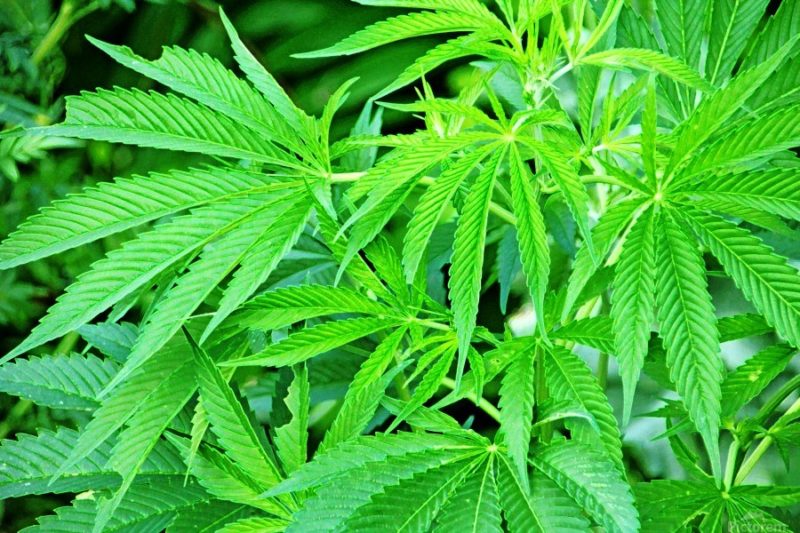
Everybody knows what cannabis leaves look like; this is probably one of the most iconic plants in the world. However, while it all looks nice and distinguishing, it’s not where you can find cannabinoids (though countless people think so); only trace amounts of THC. Just like in the case of most plants, leaves are there to collect sunlight (which is later transformed into energy and distributed throughout the whole plant) and to shade the delicate buds from it. Actually called the fan leaves, they usually have five leaves (that’s the image everybody knows), but can sometimes have seven or nine.
Fan leaves are useful to those who don’t smoke or consume cannabis directly, as they are being used to produce extracts, cannabis-infused products, and edibles.
Leaves can help you distinguish plants between different types of cannabis.
Roots
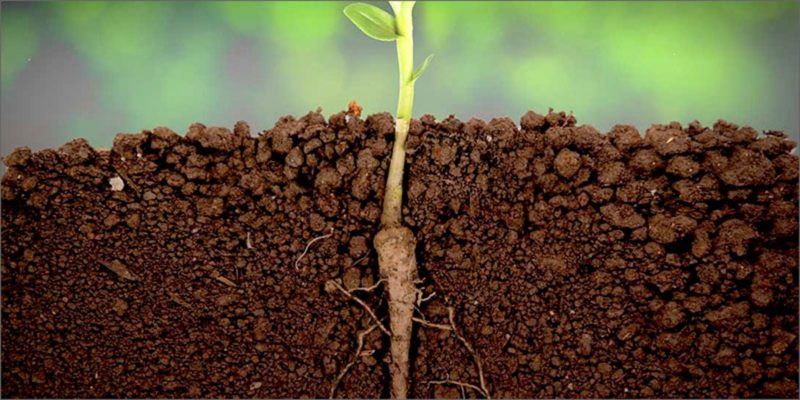
Cannabis’ small, whitish roots are there to draw water and all the essential nutrients from the soil.
Compounds
People appreciate cannabis plants mostly for two compounds: THC and CBD, which cannabis is also the richest in.
THC
This is the psychoactive compound, which means that it is what makes you high. It stimulates mood and appetite, can help people with pain, sleep troubles, and nausea.
CBD
This compound lacks the psychoactive ingredient, that’s why it’s more useful when it comes to the medicinal use of cannabis. It relieves pain, may reduce seizures, and help with nausea, sleep troubles, inflammations, and anxiety.
Other compounds, like CBC, CBG, or CBN, can have similar effects but aren’t as abundant as the two main ones. CBN is known for helping with neurological conditions, and CBG may be more helpful with mental issues.
There are multiple studies conducted on the benefits of cannabis, from treating PTSD or anxiety, to cancer, multiple sclerosis, and Alzheimer’s. There’s also one approved cannabis-based drug, which is used in the treatment of two specific types of epilepsy.
Types of cannabis plants
There are two main types of cannabis plants: Sativa and Indica.
Sativa
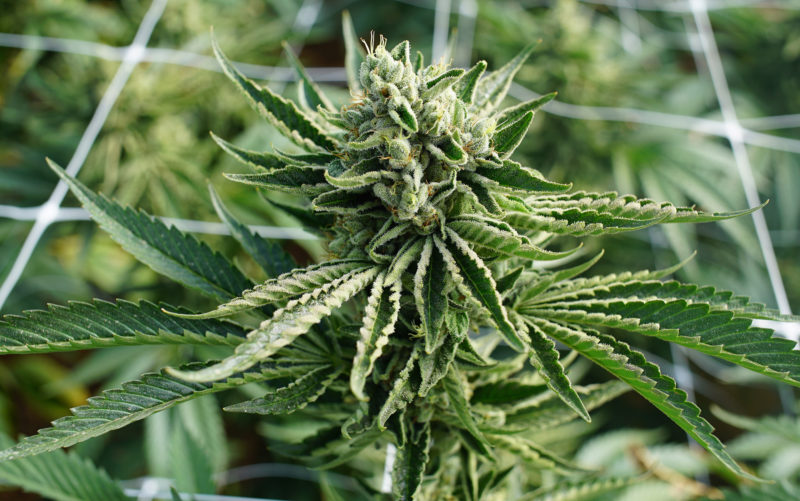
Sativa plants are thinner and taller, their green shade is lighter than that of India plants, and their buds very often get longer and more red or orange. They contain more THC and less CBD, so they are recognized as more energizing, invigorating, and stimulating. They need more time and light to mature. It’s recommended for daytime use.
Indica
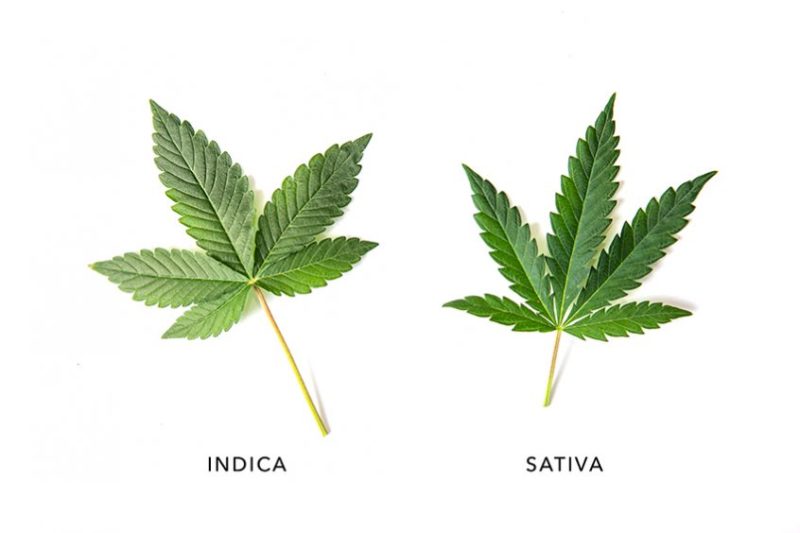
Indica plants are shorter, their leaves are wider and bushier, and deeper in color, while buds get more purple. They contain medium levels of THC, but a lot of CBD. It’s therefore believed to be more relaxing and calming in use. They also grow a little bit faster than Sativa plants. It’s recommended for nighttime use.
However, growers have started to mix the two types together, and it appears that the hybrids may be able to bring all the benefits together.
Knowledge is key
Now that you understand what you’re dealing with, you will understand the nuances and be able to explore on your own to know what’s best for you. It’s important to remember that you always need to know the origins and quality of the plant.

